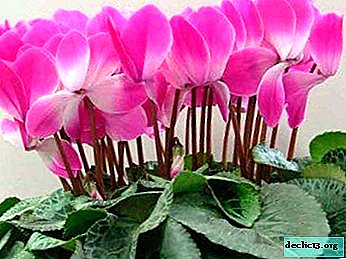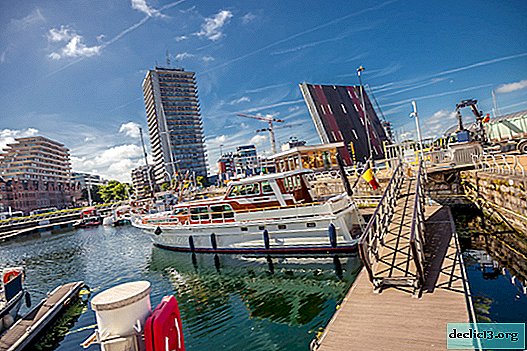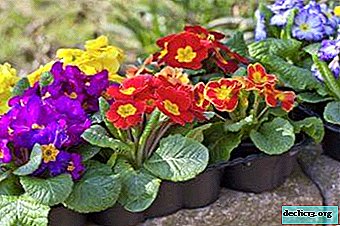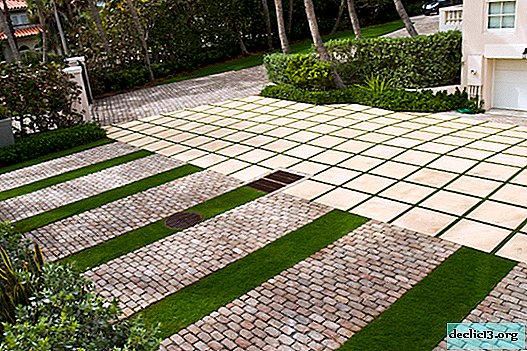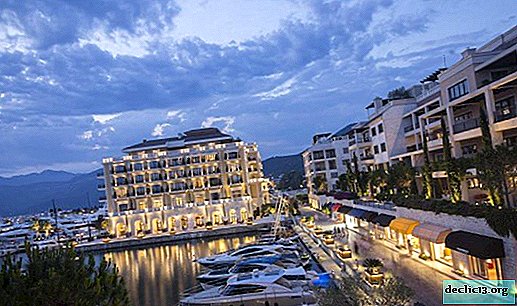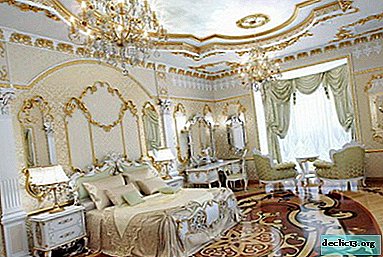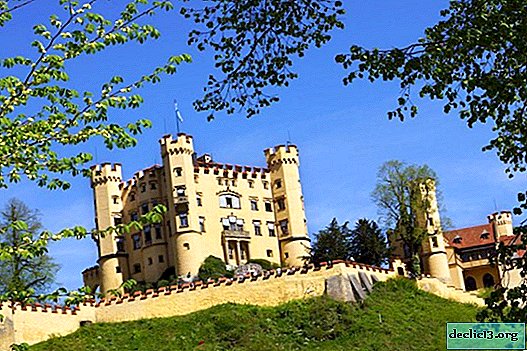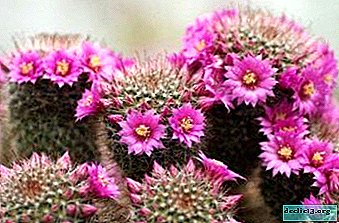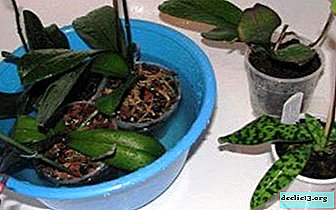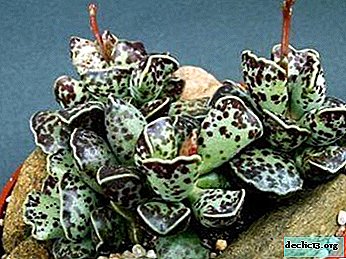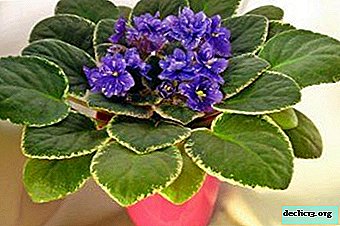Queen of the flowerbed: rose floribunda
The bright and diverse rose of floribunda was bred at the beginning of the 20th century. She did not immediately win the hearts of gardeners. According to some reports, this variety was bred by crossing a tea rose with a polyanthus variety of a flower.
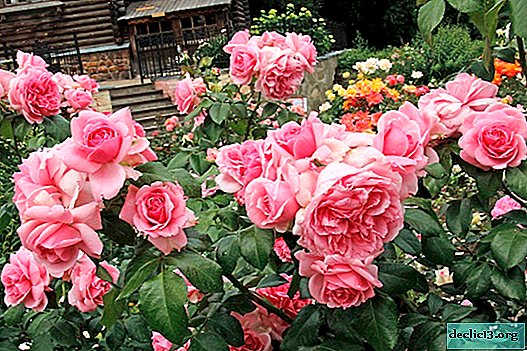

The name of the plant literally translates as "abundantly flowering", which best describes the appearance of the flower itself. The flowering stage of the plant almost does not stop. In addition, an amazing fragrance comes from him during this period.
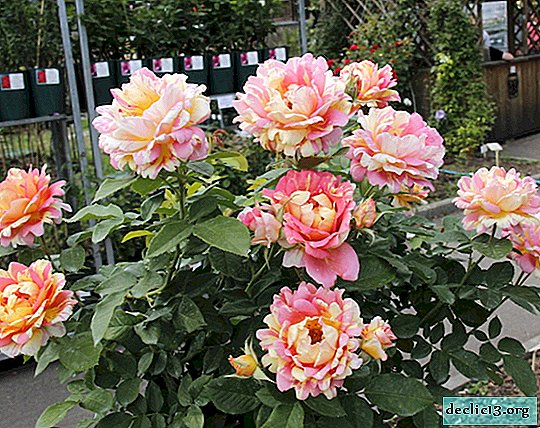
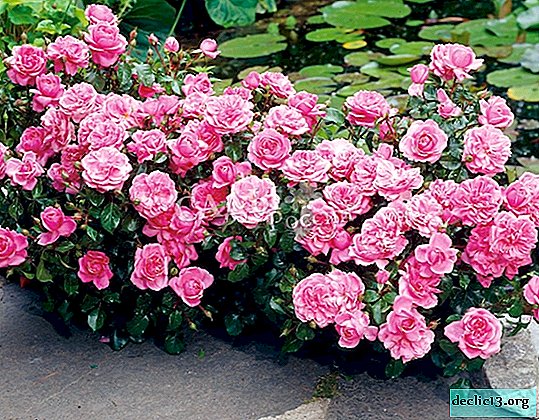
Inflorescences are characterized by diversity. They can be terry, semi-double or simple. Varieties of plants are also very many. Each of them is characterized by its color, size and other features.
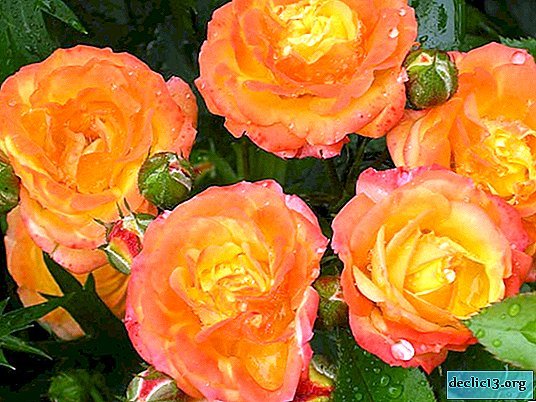
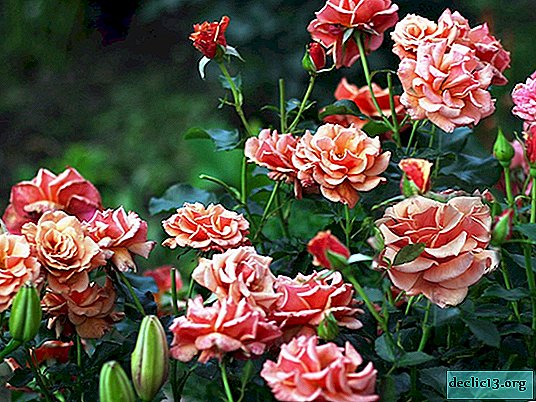
Attractively, such a plant will look along the paths of the garden both against the background of a green lawn, and in the neighborhood with other bright flowers. Bushes can be used to create borders or small hedges. Many admirers of this species contain roses as indoor plants.

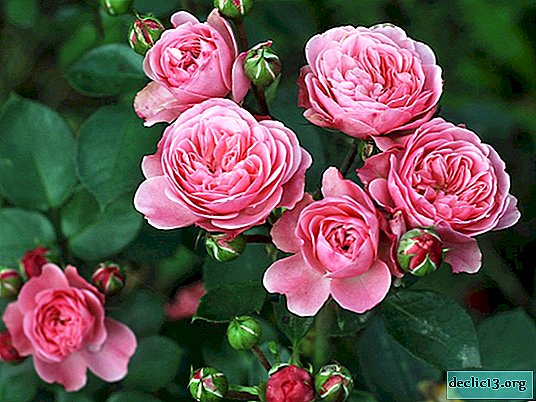
Plant specific features
When crossing the resulting flower, according to many gardeners, realized most of the best characteristics of their ancestors. The plant is able to withstand the fungus well, easily tolerates frost, blooms continuously and produces a stunning decorative effect.
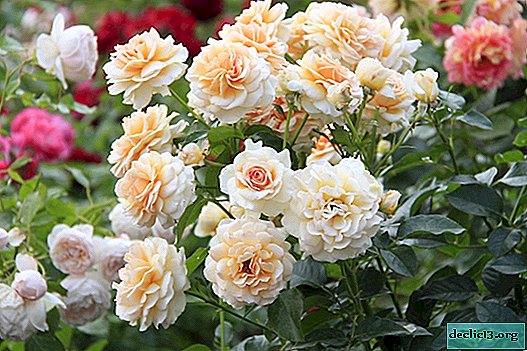

Such external qualities are ensured by the feature that a single flowering plant is almost not characteristic. On bushes, inflorescences are most often collected in bouquets of large bright flowers.
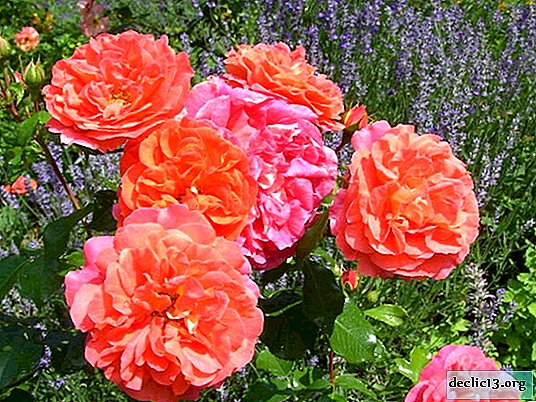
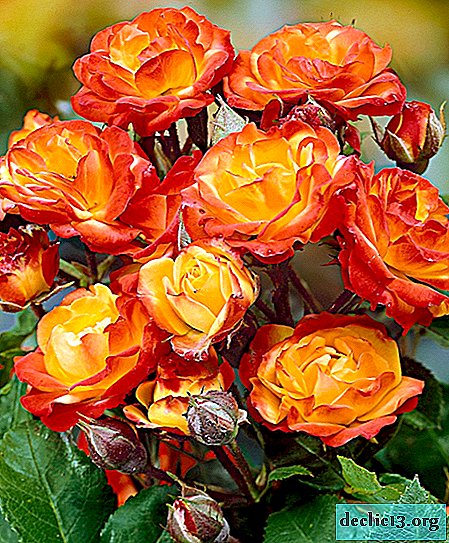
Each flower individually can reach up to 7 cm in diameter. There are varieties that reach up to 10 cm. The delicate aroma of the plant appeared in the process of hybridization and became its characteristic feature.
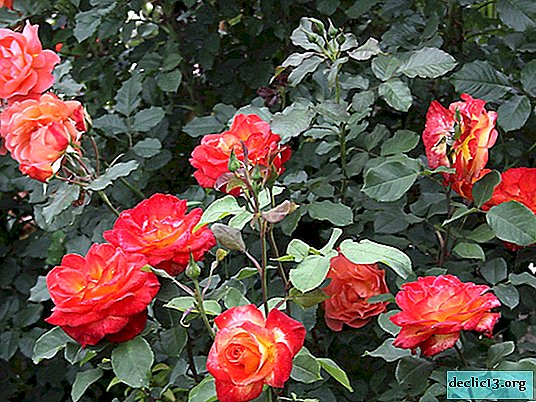
A wide range of sizes of bushes allows the plant to be used for landscaping. This fact makes the work of designers to create unique gardens much easier.
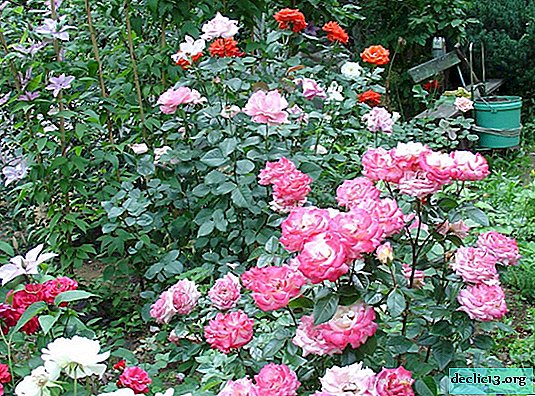

The smallest dwarf varieties can have a height of up to 30 cm. At the same time, tall varieties can reach 1 m in height.
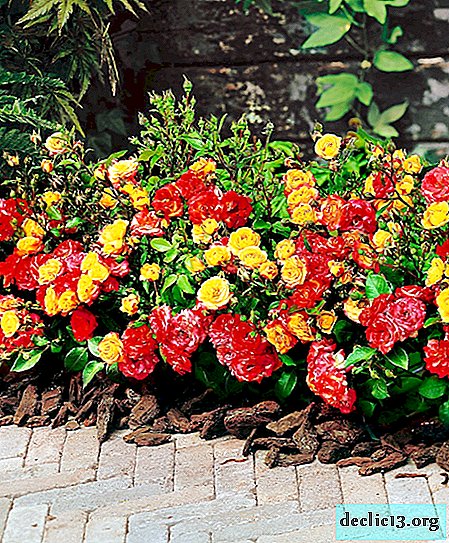
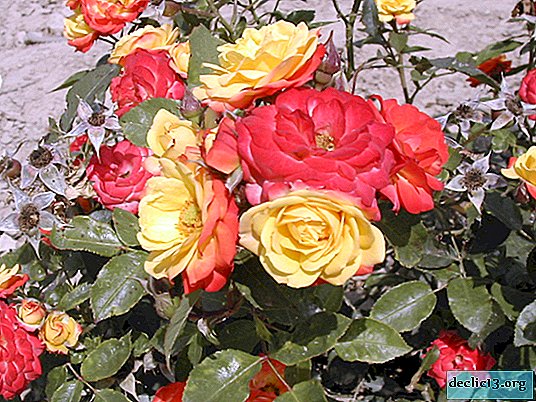
Variety of modern floribunda rose varieties
A huge variety of varieties of this rose made her a frequent guest in the gardens and flowerbeds. Usually, the choice boils down to a variety that combines external qualities with unpretentiousness.

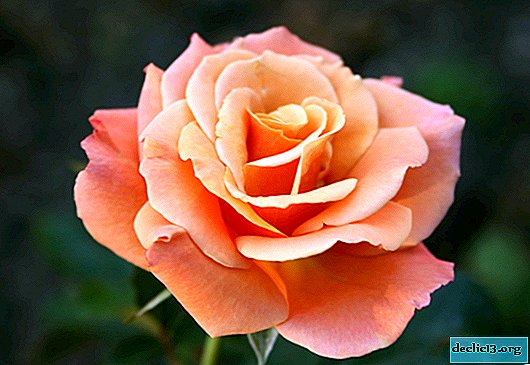
The list of the most popular includes:
- Lilly Marlene;
- Galaxy
- Niccolo Poganini;
- Georgette;
- Diadem;
- Nicole
- Samba;
- Shocking Blue;
- Benita and others.
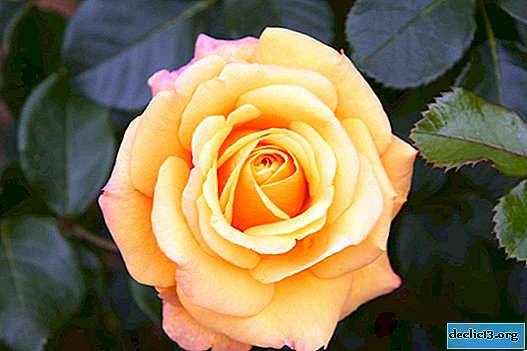
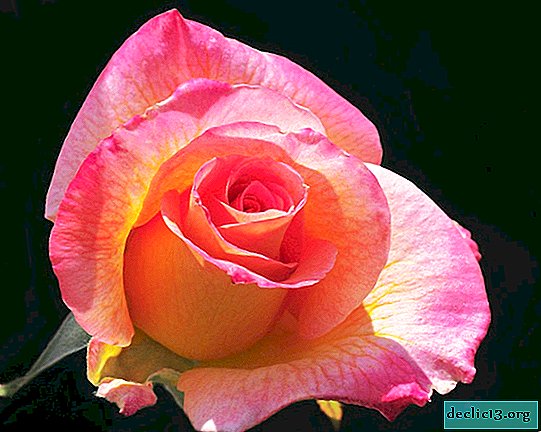
Lilly Marleen is characterized by a bright red bloom of a round shape. Flowers usually reach a medium size. We can say that this variety brings its owners the least amount of trouble. The height of this variety reaches 75 cm.
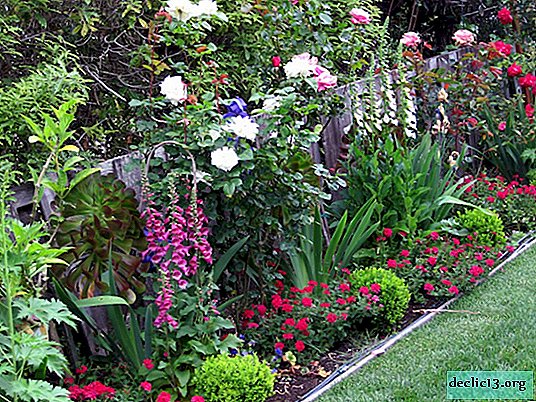

Grade Galaxy (Galaxy) has an unusual property - it is able throughout the flowering to change colors in a wide range. The maximum height of the bushes does not exceed 80 cm. A plant of this variety grows sprawling and has large leaves. Galaxy is capable of independently resisting a large number of diseases.
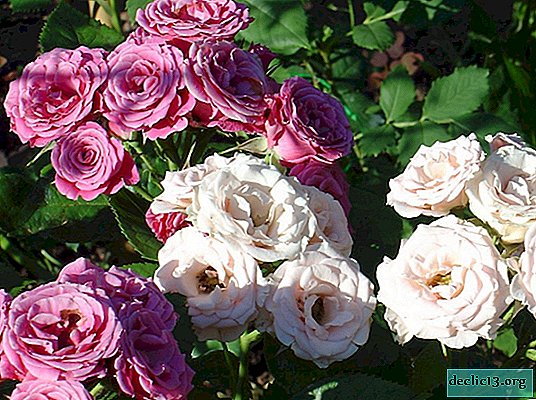
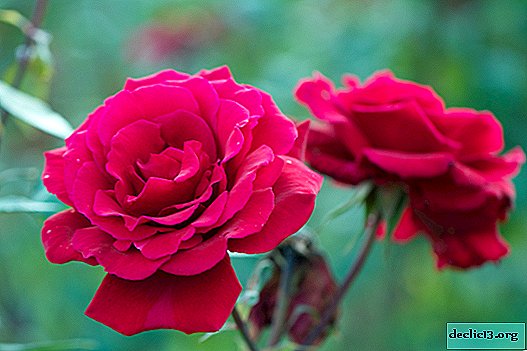
The title of "perfect rose" was awarded to the variety Niccolo Paganini (Niccolo Paganini). Abundant inflorescences can consist of 12 flowers of juicy red color. Petals have a delicate velvet surface. The height of such a bush reaches 80 cm, while the bush is quite compact with dense foliage. Such a variety, like the previous one, demonstrates tremendous resistance in the fight against diseases.
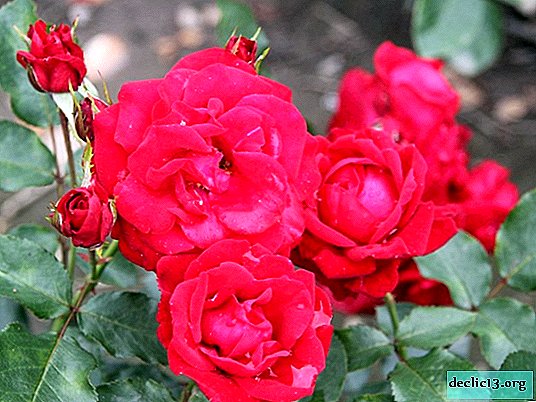
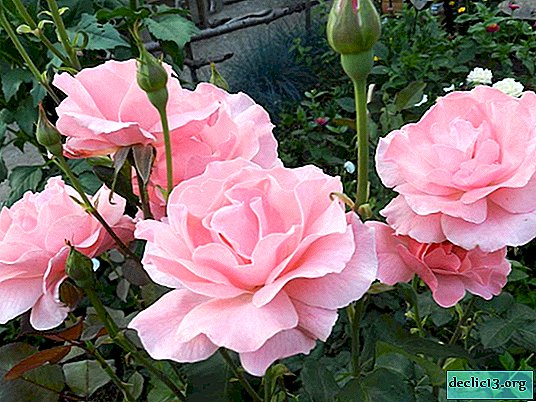
Georgette variety belongs to tall bushes and reaches 1 m in height. It looks spreading and decorated with bright pink flowers. Inside each flower, you can see the yellow core.
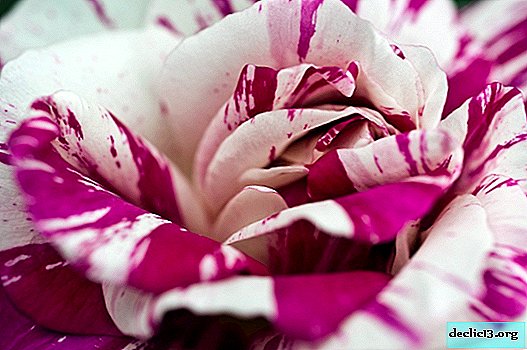
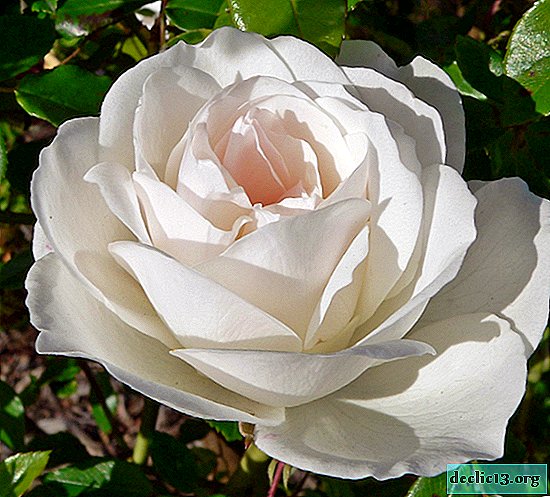
At the last stages of flowering, the petals can acquire a pale lilac hue. The variety is noted as the most abundantly flowering and hardy among similar ones. Such a variety looks good in group plantings, although it is also quite good as a standard culture.

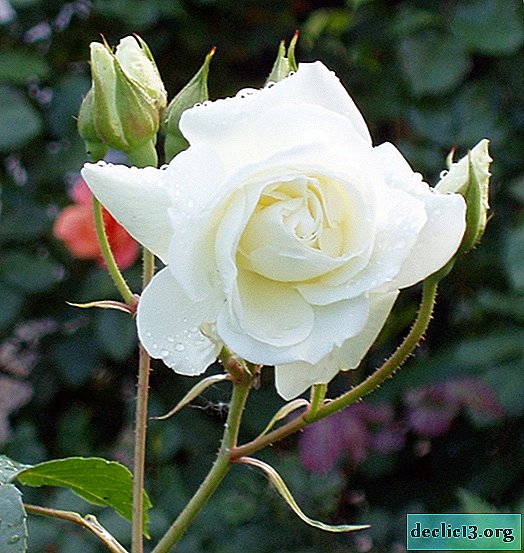
A delicate pink Diadem flower has a pleasant delicate aroma. Elegant flowers in the amount of 7-10 pieces make up beautiful bouquets that can decorate any garden. The largest representatives of this variety reach 90 cm in height. They look good in the foreground in group landings.
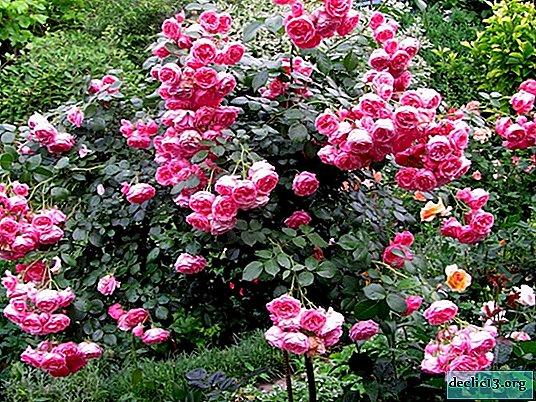

Each of the species at different periods of time were awarded at all kinds of specialized exhibitions.
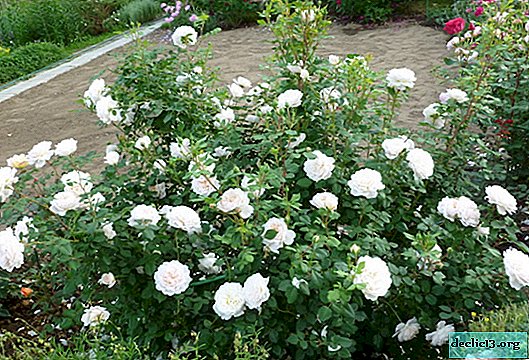
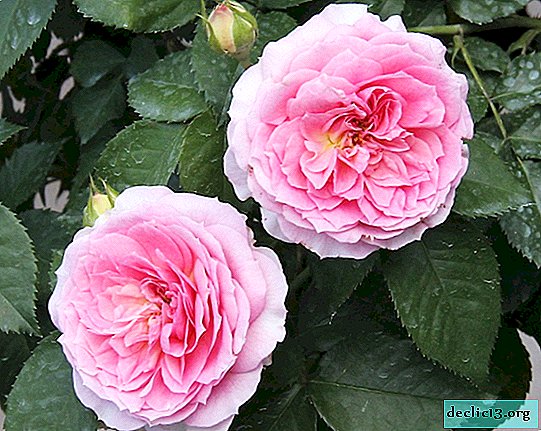
Features of planting floribunda roses
Planting of this type of roses occurs as usual in spring and autumn. The best place for this would be the sunny part of the garden, where there is the greatest protection from the wind.
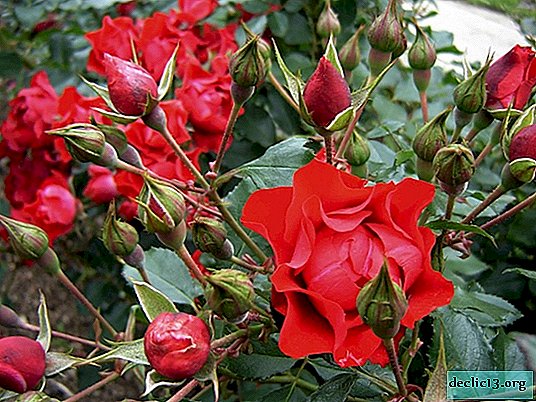
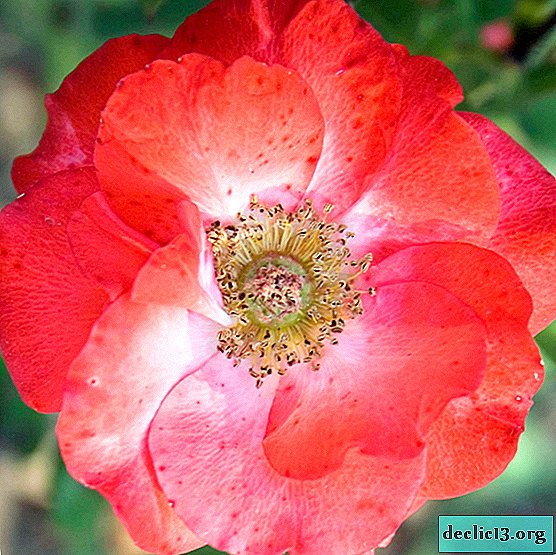
Compost and sand must be added to heavy and clay soil before planting. It is sufficient to add humus and some clay to the soil with a significant sand content.
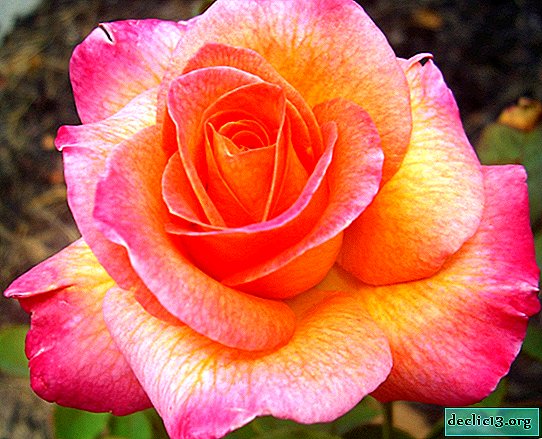
For planting a bush, pits with a diameter of 40 cm and with the same depth are suitable. Water is poured into it and a hill of earth and humus are added.
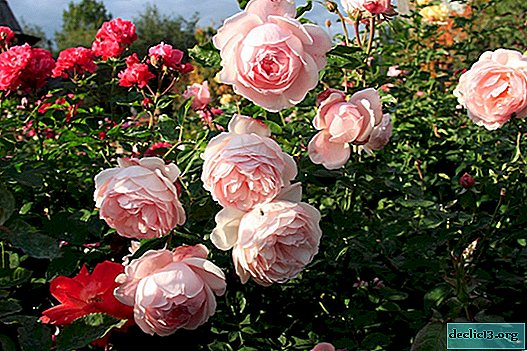
In order for the landing most likely to succeed, it takes 30 minutes. Place the seedling roots in the nutrient fluid.

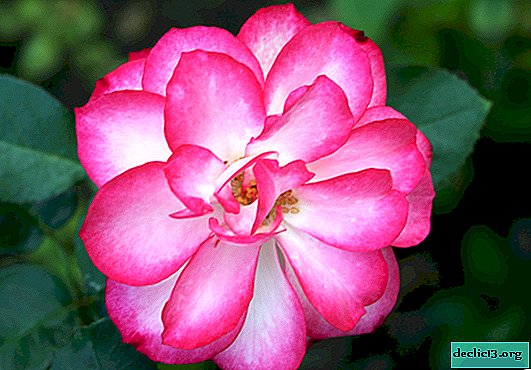
The vaccination site should be 2 cm above ground level. In this case, the roots are carefully sprinkled with earth and mulched with peat and humus.
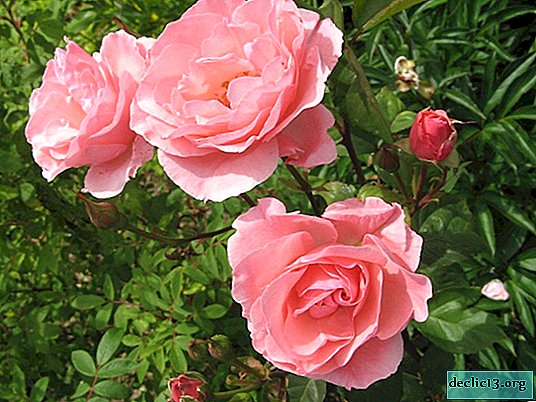

Standard rose care of this kind
In general, caring for floribunda rose bushes is easy. In winter, the plant is able to withstand frost, at other times - pests and diseases.
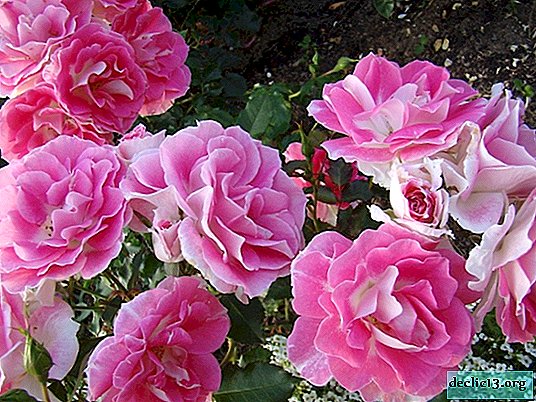
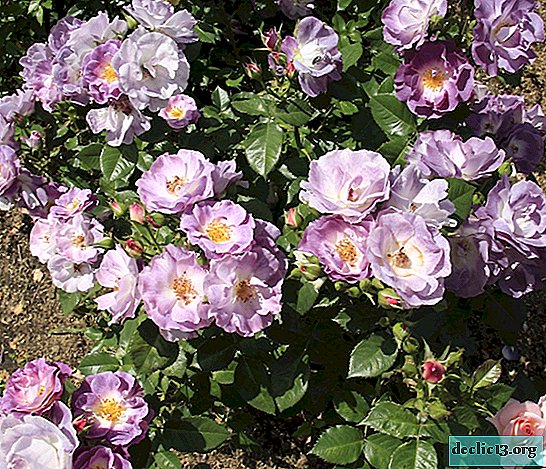
Regular cultivation and mulching will provide access to the roots of the bush of all the necessary nutrients in sufficient quantities.
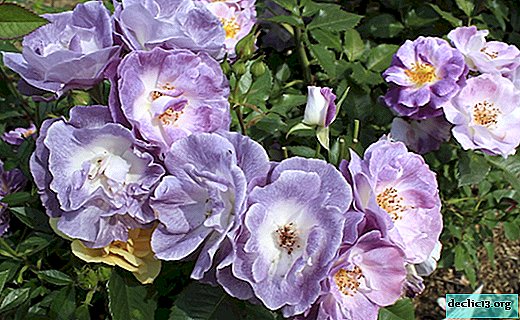

An important step in the process of caring for a rose is pruning. This procedure needs to be done twice a season in the spring and summer. Particular attention should be paid to the procedure in the spring.
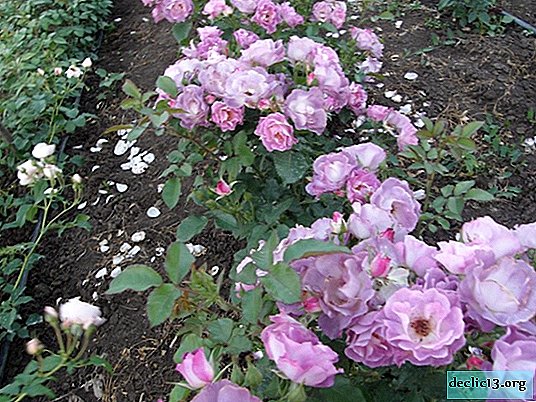
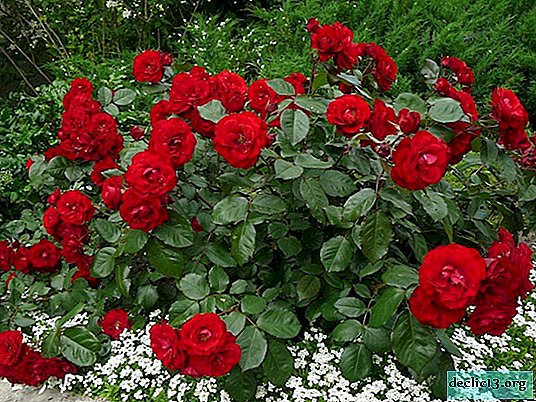
At this time, the plant is given the necessary shape, and the shoots are cut off immediately by 15 cm. This is done after wintering or after planting bushes.
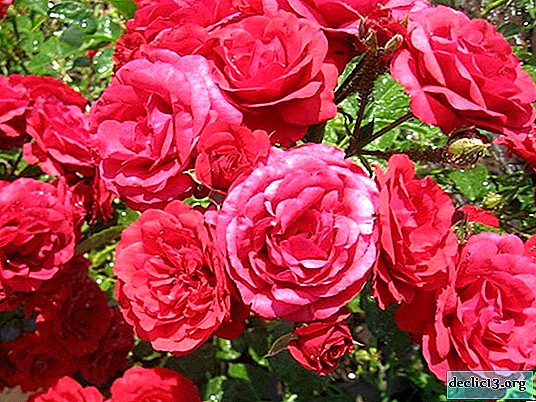
Pruning the summer period is designed to extend the flowering period. Pruning in the fall is excluded, as this can cause irreparable harm to the plant before wintering. Those plants that are poorly developed should be pruned harder than others.
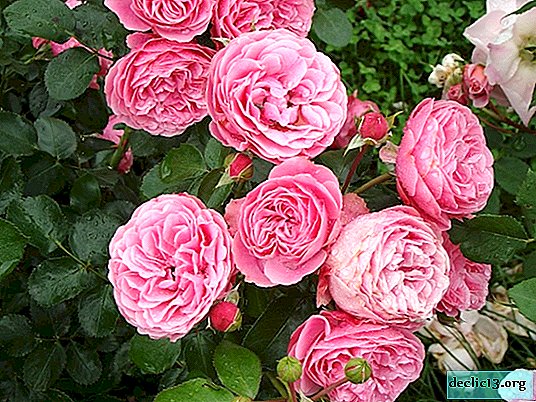
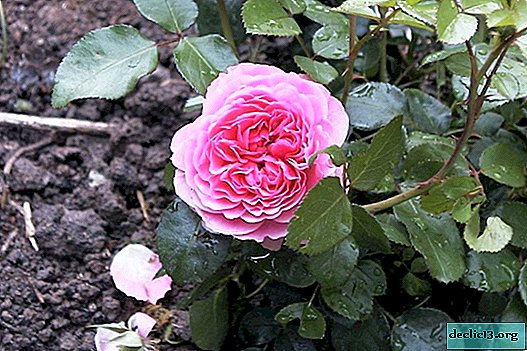
Before you cover the rose bushes for the winter, you need to remove unopened buds, shoots, dry flowers and leaves. You also need to spray the plant with a Bordeaux composition. The resulting garbage needs to be burned.
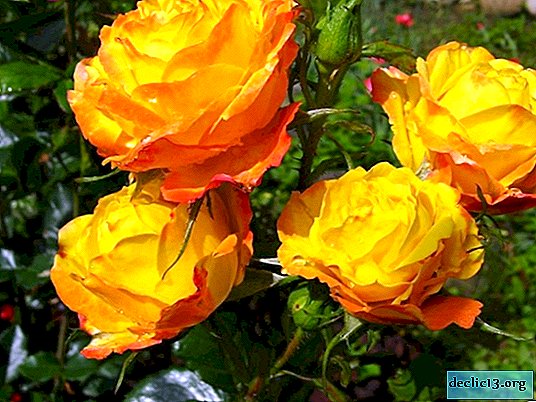

To help the plant winter, you need to fill the base of the bushes with soil and peat to a level of up to 25 cm. You can also use copper sulfate for processing.
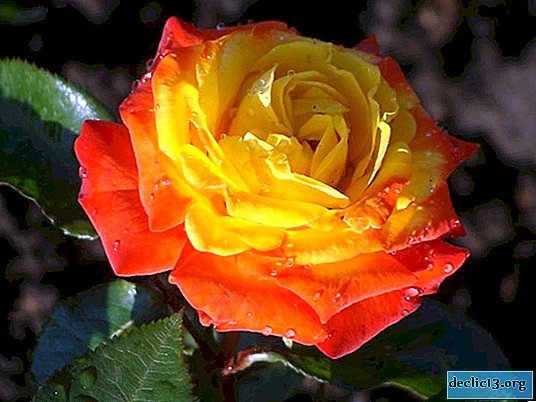
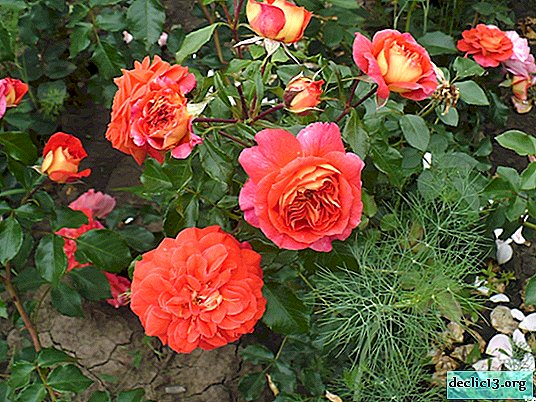
Watering is very important for any plant. Every rose bush needs water. Under one plant, you need to pour at least one bucket.
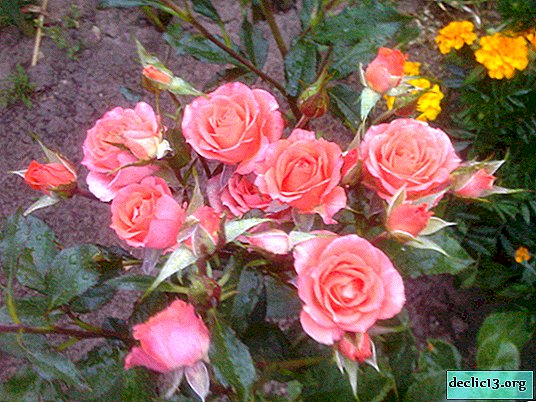
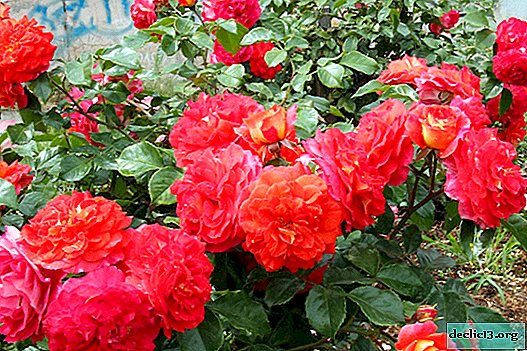
Insufficiency of watering is indicated by the shredding of flowers, the cessation of growth of shoots and leaves. Pouring water is best in the evening to minimize evaporation.
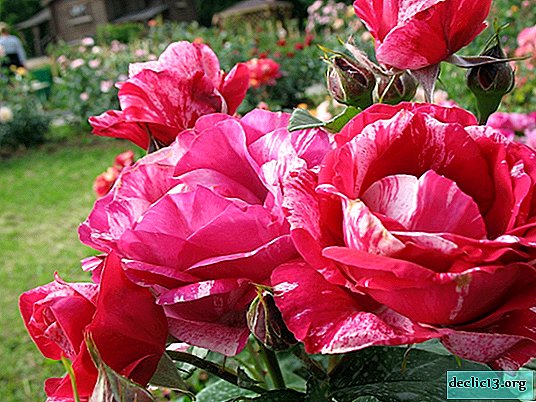
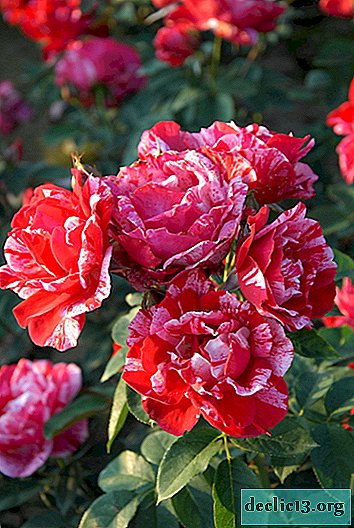
Feeding roses occurs in the summer. At the growth stage, it is necessary to carry out two dressings using nitrogen fertilizer and mullein solution. The last feeding is carried out at the end of August. For this, it is better to use potassium phosphorus fertilizer.

The fertilizer process begins with the formation of grooves around the bush and spilling them with water. After that, liquid fertilizer is introduced and once again spilled with water. Further, all this must be covered with earth.
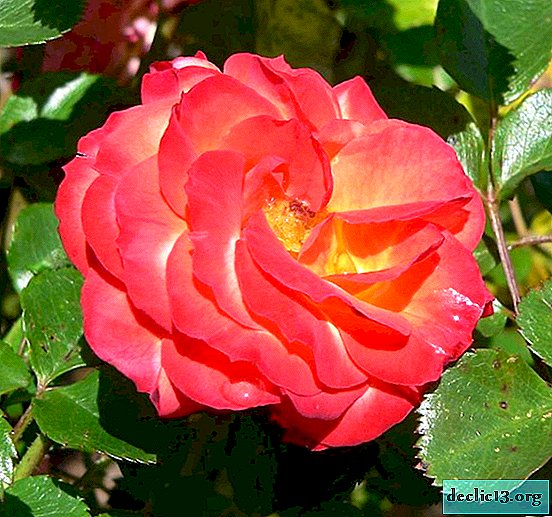
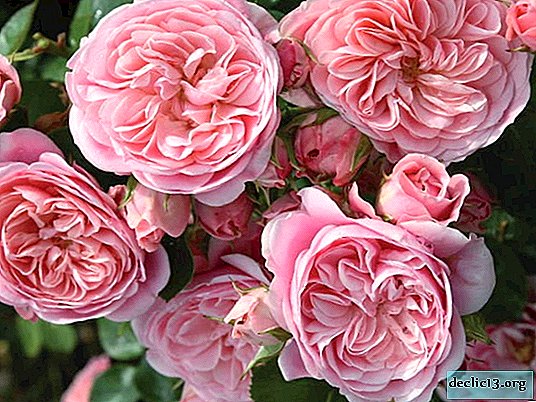
So that the crown of the bush subsequently develops uniformly, a bush of young plants is formed. To do this, pinch the plant at the level of the fourth leaf. Thus, the bush develops evenly and in proportion.


After the first flowering, experts recommend removing wilted flowers. The slice should be done on a sufficiently developed kidney about the third sheet.
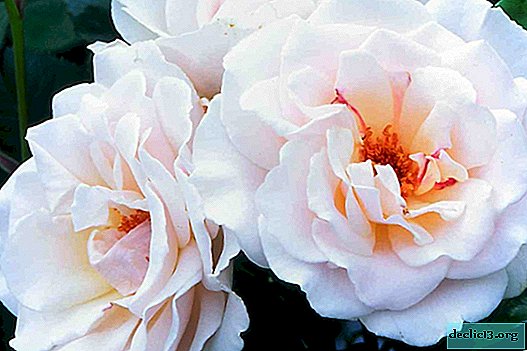
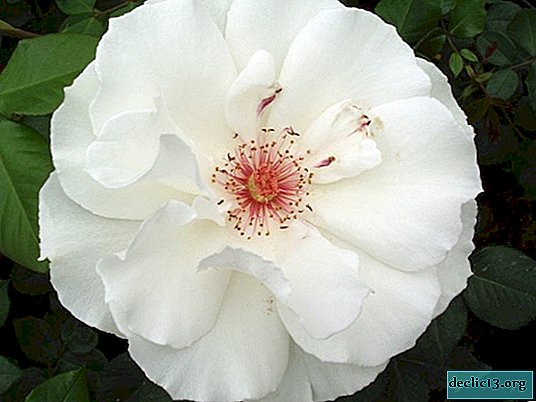
Small shoots from a cultivated plant are distinguished by an abundance of thorns. The presence of such a shoot can weaken the main plant, so it must be removed in a timely manner. The development of such a growth is promoted by poorly compacted soil during planting of the bush.
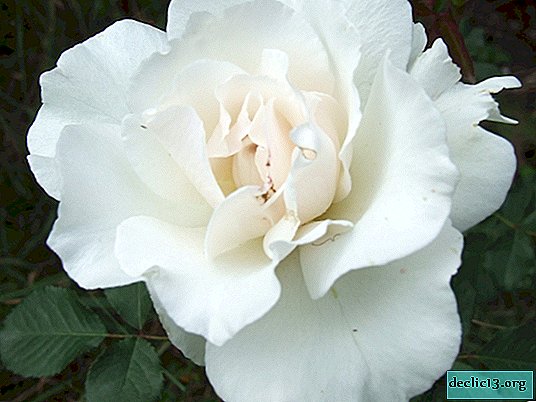

Despite the simple care, the floribunda rose requires sufficient attention, for which it will subsequently reward its owner with lush and prolonged flowering.

